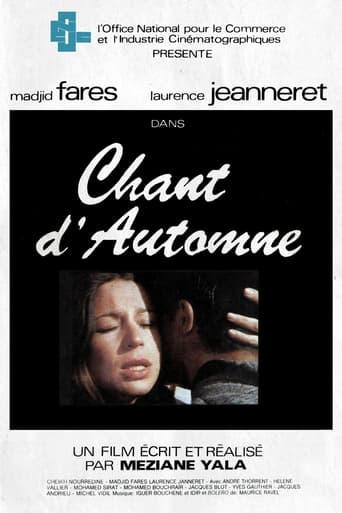ಕೀವರ್ಡ್ North Africa
The Hill 1965
Five Graves to Cairo 1943
Beau Geste 1939
ستموت في العشرين 2020
Beau Geste 1966
Sea of Sand 1958
The Desert Song 1943
Chants d’Automne 1983
Une si jeune paix 1965
Gli Eroi 1973
Heremakono 2002
Hiwar Fi Djiwar 1993
Al Jazeera World 2011
A one-hour series showcasing documentary films from across the Al Jazeera Network.
Captain Gallant of the Foreign Legion 1955
Captain Gallant of the Foreign Legion was a half-hour black-and-white television series about the French Foreign Legion starring Buster Crabbe in the title role. Crabbe's real-life son Cullen Crabbe played the Legion mascot, with cowboy sidekick Fuzzy Knight playing himself as Legion comedy relief. The series premiered on NBC on 13 February 1955 and ended its first run with the 65th episode shown on 7 December 1957. It was shown for many years in syndication on American television under the title Foreign Legionnaire.
Beau Geste 1982
Television serial based on the novel by P. C. Wren.
L’Incendie (El Harik) 1974
In 1939 in eastern Algeria, Omar, a young boy of ten, lives with his family in a room in Dar Sbitar, a house shared by several families who overcome the trials they go through every day to ensure their subsistence. Her deceased father is Aïni, the mother, who bleeds herself from all four veins to keep her children and their grandmother alive. The families of Dar Sbitar share their intimacy and their daily life, this life animates the big house, which itself becomes a character in its own right. "El Harik" (The Fire), is an Algerian drama series in 10 episodes adapted from Mohamed Dib's trilogy "The Big House", "The Fire" and "The Loom".
Raï Is Not Dead 2023
What musical genre can claim to have gone, in the space of fifty years, from a hidden cabaret in Oran to Super Bowl halftime? Born in Algeria at the end of the Second World War, the raï wave spread from the cabarets of western Algeria to the cassette shops of Barbès in Paris, before sweeping the world at the end of the 1980s. its hybridization, the intoxicating music traveled from Algerian and French weddings to the biggest international stages, before suddenly disappearing from the radar at the dawn of the new millennium. Icons that have disappeared, including Cheikha Remitti and Prince Hasni, to young heirs, passing by the star Khaled, the collector Hadj Sameer trace the tumultuous course of this musical genre, between clandestinity, planetary glory and resistance.

























